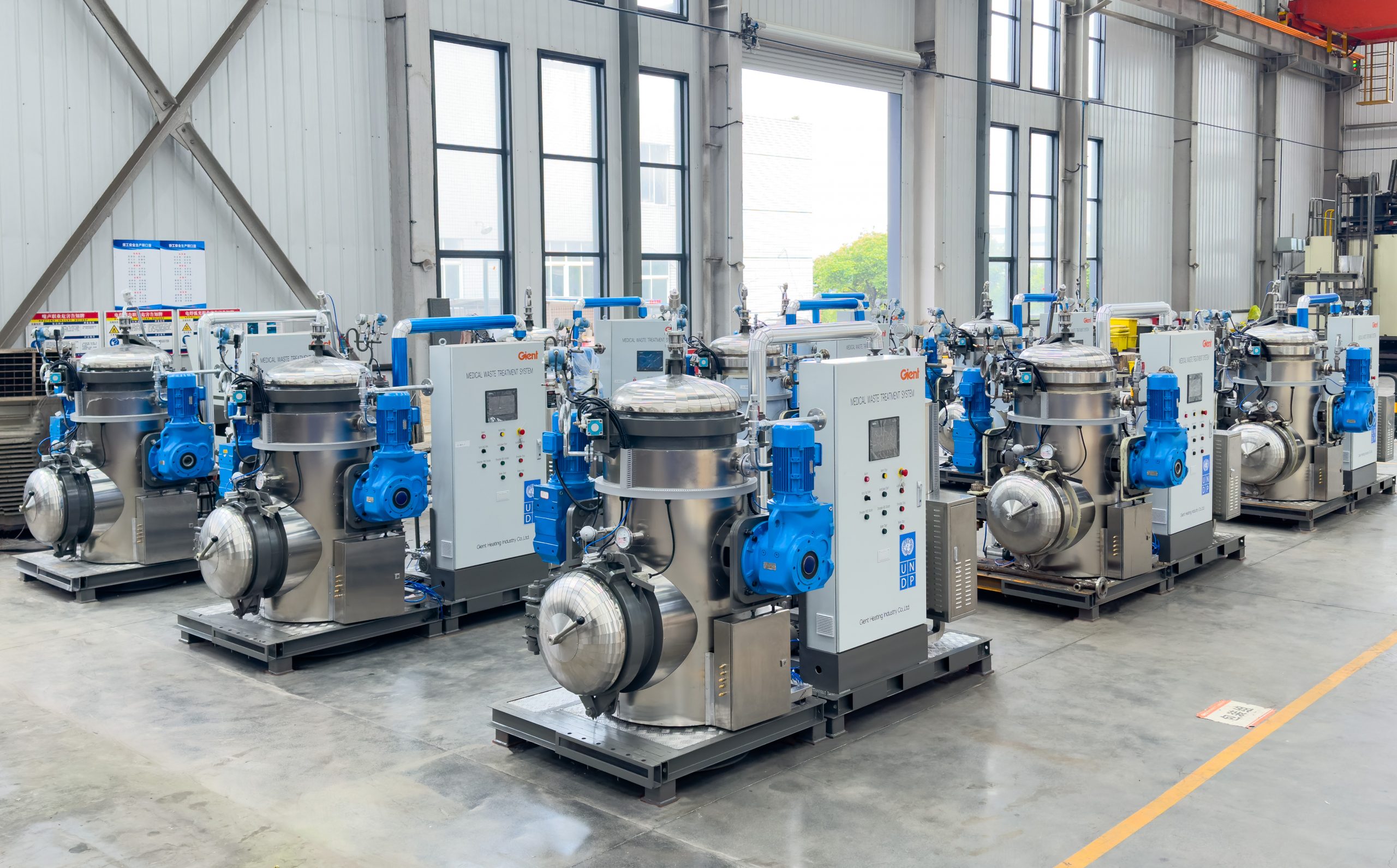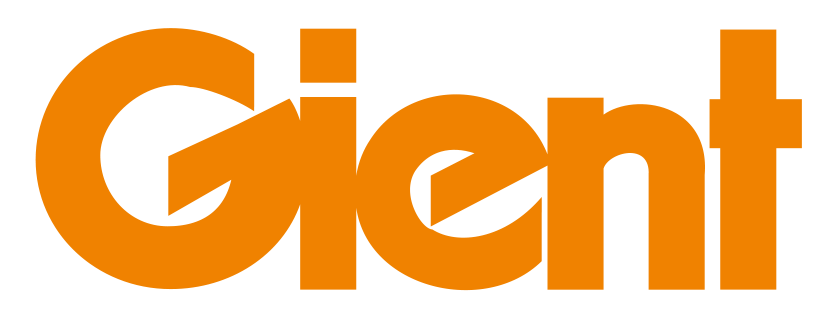
Medical Waste Treatment Technologies
Medical waste treatment technologies are mainly divided into incineration and non-incineration methods. Incineration was once the dominant choice worldwide because it can rapidly destroy pathogens and reduce waste volume. However, it also produces hazardous emissions—especially dioxins, furans, and heavy metals—that pose serious risks to human health and the environment.
Curious about incineration and its challenges?
In contrast, non-incineration technologies have emerged as safer and more sustainable alternatives. Some, such as autoclave (steam sterilization), are now widely adopted and recognized as reliable, low-emission mainstream solutions. Others—such as microwave disinfection, chemical disinfection, dry heat systems, and plasma arc technologies—offer varying levels of maturity and application, each with its own advantages and limitations.
Driven by stricter environmental regulations and growing awareness of pollution risks, many countries are transitioning from traditional incineration to a more diversified mix of treatment methods, with non-burn solutions increasingly favored as the future of medical waste management.
A Brief History: Regulation as a Catalyst
The history of medical waste treatment was revolutionized by environmental regulation. For decades, incineration was the dominant, largely unregulated method. A major turning point was the U.S. Clean Air Act of 1990, which established stringent emission standards for medical waste incinerators in 1997. This dramatically increased the cost and complexity of compliant incineration. At that time, there were more than 6,000 medical waste incinerators operating nationwide. Within just a few years, the vast majority were shut down because they could not comply with the new limits.
This regulatory shift directly catalyzed the development and commercialization of alternative non-burn technologies. In the years following the Clean Air Act, technologies like autoclaving (steam sterilization), microwave disinfection, chemical disinfection, plasma arc, ozone treatment, and dry heat became available and adopted, creating a safer, more diverse, and environmentally conscious industry. Today, over 90% of U.S. medical waste is treated by autoclaves, proving that cleaner alternatives are both practical and effective.
Common Alternative Technologies & Their Application Status
| Technology | How It Works | Best For | Application Status | Key Advantages | Key Disadvantages |
| Autoclave (Steam Sterilization) | Uses high-vacuum or pre-shredding + high-temperature steam to heat and sterilize waste. | Infectious waste, sharps, pathological waste (partially) | Most Widely Adopted. The most common non-burn technology globally. | • Sterilization technology, safe in infectious control • Highly reliable • Low operational and maintenance cost • No toxic emissions | Cannot treat chemical or pharmaceutical waste. |
| Microwave Disinfection | Shreds waste and uses microwaves to heat moisture and transfer heat to disinfect waste. | Infectious waste, sharps, pathological waste (partially) | Widely Adopted. A common non-burn technology. | • Disinfection technology • No liquid residues (evaporated to air) • Low production cost (non pressure vessel) | Cannot treat chemical or pharmaceutical waste. |
| Steam Microwave Sterilization | Uses autoclave (pressure vessel) + microwave to heat and sterilize waste. | Infectious waste, sharps, pathological waste (partially) | Moderately Used. Common for liquid waste and specific applications. | • Sterilization technology, safe in infectious control • High efficiency • No toxic emissions | Cannot treat chemical or pharmaceutical waste. |
| Dry Heat | Uses blender blades to generate friction heat to disinfect waste. | Infectious waste, sharps, pathological waste (partially) | Moderately Used. Common for liquid waste and specific applications. | • Low producing cost | Fragile, limited to very small quantity of waste. Cannot treat chemical or pharmaceutical waste. |
| Chemical Disinfection | Grinds waste and mixes it with a chemical disinfectant. | Liquid waste, blood, bodily fluids. | Moderately Used. Common for liquid waste and specific applications. | Effective for liquid wastes, can be done on-site. | Chemical handling required, not for all waste types. |
| Plasma Arc | An ultra-high-temperature plasma torch gasifies waste. | All types of waste, including high-risk. | Niche Use. Technologically advanced but not widely adopted due to very high capital costs. | Extremely low emissions, converts waste to inert slag. | Extremely high initial investment, Operational complexity. |
Why Alternatives Matter
Health & Safety: No dioxins, furans, or toxic emissions.
Environmental Protection: Lower pollution, reduced contamination risk.
Cost-effectiveness: Lower long-term operational and maintenance costs.
Regulatory Compliance: Meets stringent modern emission standards.
Find a Medical Waste Treatment Solution
The future of medical waste management lies in sustainable technologies. At Gient, we are committed to advancing these technologies, ensuring that medical waste treatment safeguards people and the planet.
